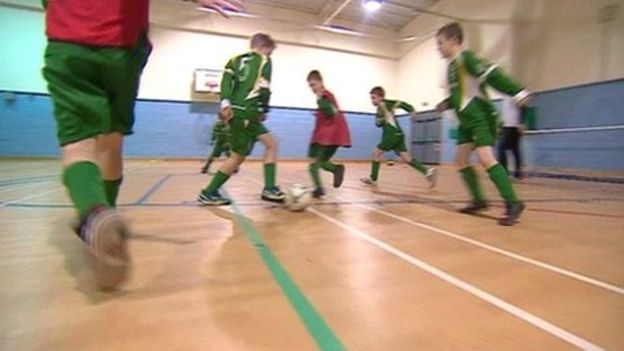
Affordability and accessibility remain major barriers to sport participation locally with women twice as likely not to be involved as men, according to the discussion paper Sport and Belonging released Thursday by the Windsor Essex Community Foundation.
The paper is part of the foundation’s larger annual Vital Signs Initiative that studies and measures various aspects of the area’s quality of life.
“There are health benefits, a sense of connection to your community and mental health benefits for those participating in sports and recreational activities,” said Lisa Kolody, the foundation’s executive director.
“We’re not participating in sports as much as we used to, especially women and seniors. We need to improve communicating the benefits and opportunities we have in this area.”
The paper is a result of a discussion group that attracted 60 people to Lakeshore’s Atlas Tube Centre May 2. The event attracted sport organizations, educational institutions, seniors’ groups, women’s leadership organizations along with individuals.
Those in attendance heard only three out of 10 Canadians participate regularly in sport and recreational activities.
For women, the numbers are even worse. Only one in six participate compared to one in three men.
“Women as they get older are less engaged (in sports),” Kolody said. “The key to attracting them to sports is fun and flexibility.
“I think there’s a feeling it’s alright for men to make time for recreational sports, but not so much for women.”
Kolody added women start dropping out from sports at a younger age than men. Many are turned off by over-competitiveness in sports.
“I think there’s also other challenges for women, such as body image,” Kolody said. “It’s a complex issue.”
The issue of affordability is one that plagues everyone.
According to the 2016 ParticipACTION Report Card on Physical Activity for Children and Youth, it costs Canadian families on average $953 annually for one child to play an organized sport.
For lower income families, seniors and newly arrived immigrants, the cost of sports can take them completely out of the equation.
“There are organizations and programs to help with affordability,” said Jill Cadarette, director of programs and services for Life After 50.
“If trying new things was free or a very low cost, I think you’d see more seniors participating.
“A good place to start is to ask the organization you’re interested in or go to a community centre and ask about what help might be available.”
Transportation and flexibility around scheduling were also raised as challenges in a city filled with plenty of shift workers.
“If you don’t have a car in this community that’s big challenge to get to these activities,” Kolody said. “It’s an even a bigger problem in the county.”
Cadarette said improving inclusivity by offering different sports would also help the participation rate. She point out pickle ball is an example of a sport being created by seniors who like racquet sports but needed something at a slower pace.
Offering activities in different venues, such as public parks, would also increase accessibility.
“This was an exercise to start conversations on finding solutions,” Kolody said. “It’s already got the groups communicating and collaborating to try and make things better.”
[“Source-windsorstar.”]
